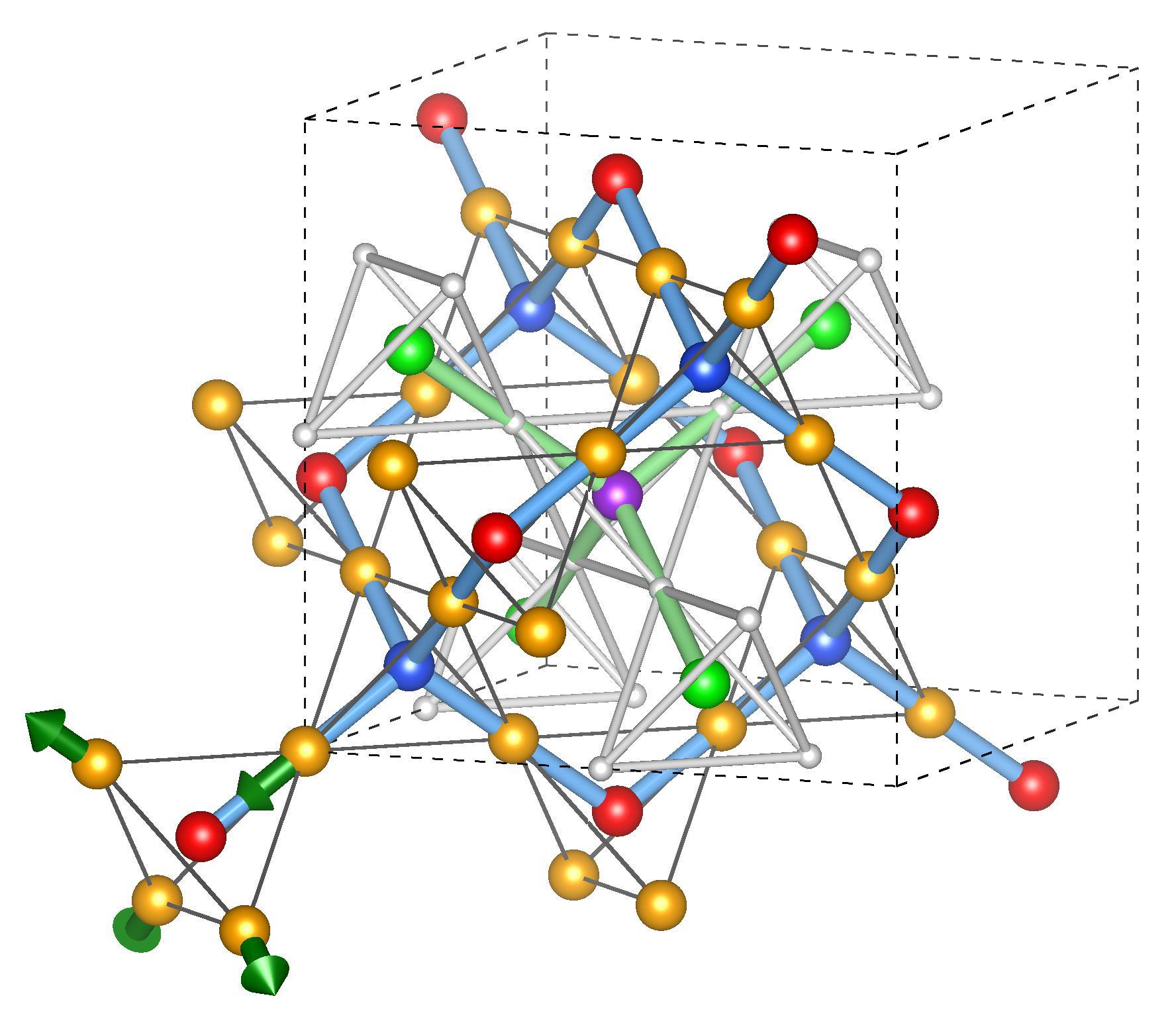Yi-Ping Huang: Theory of emergent quantum matter
-
Description of my interests for general readers
My research interests are novel emergent phenomena due to the composite effects of fundamental physics. Especially, the emergent phenomena that manifest the quantum mechanical nature. The competition between different effects made those systems attractive in various aspects.
To me, I would like to know the general properties of those effects. What is its nature? For example, how the long-range anisotropic dipole-dipole interaction influences quasi-one-dimensional physics? Understanding the interplay between space anisotropy and anisotropy of interaction is the physics that I enjoy a lot. How large spin-orbit coupling changes our understanding of systems without large spin-orbit coupling? Finding spin-orbit coupling provides a chance to realize a more constrained model under space group symmetry and further helps to achieve the exotic topological insulator, and topological order is exciting!
In addition to theory oriented motivations, I also like to understand what happened in physical reality. I want to develop the ability to identify new physics also from the experimental side and find the corresponding theory.
Projects I have been working on
Quantum phases of matter which manifest their quantum nature at the macroscopic scale are amazing. Especially, symmetry and the entanglement pattern interwind with each other and give fruitful structure in theory.
I have been working on several different projects:
- Ultracold dipolar fermions
- Quantum spin liquids- realistic models and the smoking gun evidence.
- Collaboration with experimentalists on the study of correlated strong spin-orbit coupled materials.
- Classification of space group protected topological order
- nonequilibrium and equilibrium physics of constrained quantum many-body systems.
Techniques
Since I am usually interested in studying interdisciplinary problems, I don't limit myself on particular techniques. I believe new phenomena requires consistent results from different approaches, and every approach has its pros and cons.
I have developed different techniques that help me to do independent research on diverse and interdisciplinary projects. In addition to material knowledge such as space group, band theory; theory oriented tools such as field theory, symmetry analysis, renormalization group; I also implement some numerical methods for correlated dynamics of quantum many-body systems such as tensor network algorithms and exact diagonalization.
I am willing to use theoretical or numerical techniques depends on the nature of the problems. Group theory usually can shed light on the possible effective model from microscopic physics. On the other hand, low energy physics are usually captured by long wavelength physics where field theory helps us develop a universal picture for the system.
Sometimes one can also benefit a lot by connecting the problem to exactly solvable models where certain topological properties are preserved. However, one should also keep in mind that exactly solvability implicitly assumes certain physical properties that the system may not satisfy. Numerical techniques can help us develop some theoretical picture. With physical inputs, the numerical results could be very insightful. For example, tensor network methods compress the information of the wave function in an efficient way. Lanczos algorithm takes advantage of the locality of the Hamiltonian and expands the ability to study real-time dynamics of quantum many-body systems.
